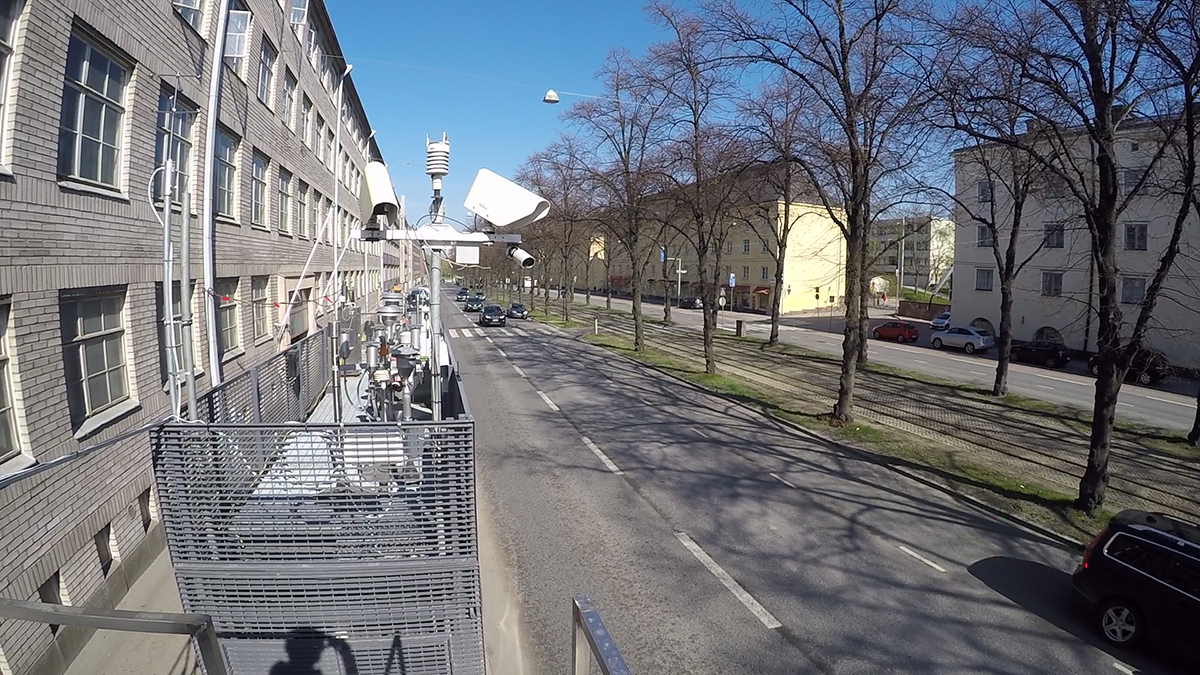Artificial intelligence helps to obtain more accurate information on air quality

Air quality is typically monitored through measurements in air quality monitoring stations or through low-cost sensors. The use of low-cost air quality sensors is advantageous in terms of price that is affordable and their deployment in the field in large numbers so that they can provide air quality data with high temporal and spatial resolution. However, low-cost sensors often lack acceptable accuracy. Therefore, they require continuous evaluation and validation against reference stations.
Researchers at the University of Helsinki have developed Artificial Intelligence (AI) methods for calibrating these low-cost sensors and have extended the AI capabilities to estimate air pollutants which are not physically measured via sensors, named as virtual sensors. In practice, we show that using AI innovative method can be developed to calibrate low-cost sensors automatically in the field. Consequently, bringing the accuracy of sensors closer to that of a reference station.
Another innovative part of our research is the utilization of AI in developing air pollution virtual sensors, also known as proxies, which are used in estimating pollutant variables that are not directly measured by these low-cost sensors. For example, low-cost sensors can be developed to monitor some air pollution and meteorological variables, but they can’t monitor all air pollution variables. As such, understanding the air pollution processes observed by the well-developed environmental monitoring stations, such as Stations Measuring Earth Surfaces and Atmosphere Relations (SMEAR) and Helsinki Region Environmental Services Authority (HSY) stations, can help in developing air pollution virtual sensors and implement them in the low-cost sensors' technology.
In this project, AI models were developed using air quality database from extensive measurements performed at two different stations in the Helsinki metropolitan area by the University of Helsinki, Finnish Meteorological Institute (FMI) and environmental services (HSY) in the Helsinki region. The measuring points were located in Kumpula (SMEARIII) and in a busy street shaft on Mäkelänkatu, Helsinki. AI models were then used to intelligently calibrate the values of meteorological variables and PM2.5 concentrations obtained from air quality low-cost sensors installed in those reference stations. The low-cost sensors were provided by Clarity Movement, a startup company manufacturing low-cost sensors based in California, USA. Using the calibrated values, our AI models also extended the virtual monitoring by estimating concentrations of black carbon and carbon dioxide.
The research was funded by Business Finland (Cityzer; Services for effective decision making and environmental resilience), Helsinki-Uusimaa Innovation and Experimental Fund AIKO (project HAQT; Helsinki Air Quality Testbed, AIKO014) and the European Regional Development Fund UIA (Urban innovative actions initiative, Healthy Outdoor Premises for Everyone, project no: UIA03-240).
Further information:
Hilkka Timonen, Head of Group, Finnish Meteorological Institute, hilkka.timonen@fmi.fi
M. A. Zaidan, N. H Motlagh, P. L. Fung, D. Lu, H. Timonen, J. Kuula, J. V. Niemi, S. Tarkoma, T. Petäjä, M. Kulmala, T. Hussein. 2020: "Intelligent Calibration and Virtual Sensing for Integrated Low-Cost Air Quality Sensors," in IEEE Sensors Journal, doi: 10.1109/JSEN.2020.3010316
